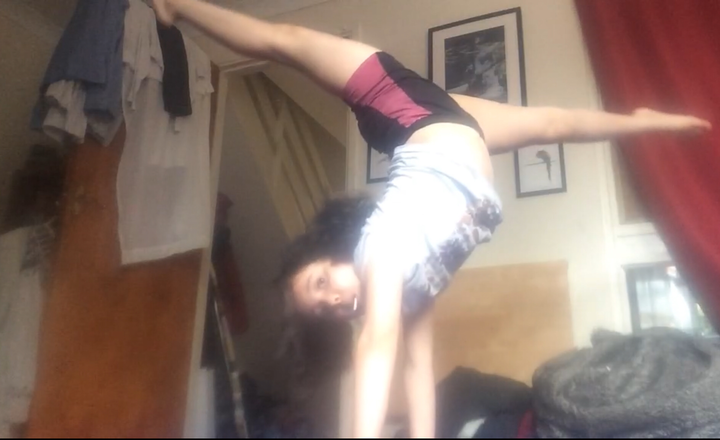Sing or play ANYTHING
Sing or play a short, simple song using voice or an easy instrument, practice rhythm and melody, and perform it for family.



Step-by-step guide to sing or play a short song for family
Fun Kids Music with Cool Instruments!
Step 1
Pick a short simple song to sing or play that lasts about 30 to 60 seconds.
Step 2
Decide if you will sing or play the song on your instrument.
Step 3
Find a quiet comfy spot to practice.
Step 4
Tap a steady beat with your hand or your instrument at a comfortable speed.
Step 5
Sing or play the melody very slowly once while keeping that steady beat.
Step 6
Practice the first short phrase until you can do it without mistakes.
Step 7
Practice the next short phrase until you can do it without mistakes.
Step 8
Sing or play the whole song slowly while keeping the steady beat.
Step 9
Try making one part louder or softer and practice that change once.
Step 10
Perform your song for your family with a big smile.
Step 11
Share your finished creation on DIY.org.
Final steps
You're almost there! Complete all the steps, bring your creation to life, post it, and conquer the challenge!


Help!?
What can we use if we don't have an instrument?
If you don't have an instrument, use household items like a wooden spoon and pot, a shoebox with rubber bands, or simply tap the table while following the step 'decide if you will sing or play the song on your instrument' and 'tap a steady beat with your hand or your instrument'.
What should we do if we can't keep a steady beat or keep making mistakes when practicing phrases?
If you struggle to keep a steady beat or make mistakes in a phrase, slow the tempo even more, use a metronome or phone timer while you 'tap a steady beat,' and repeat each short phrase until you can do it without mistakes as the instructions say.
How can we adapt this activity for different age groups?
For younger children pick a 30-second familiar nursery rhyme and focus on tapping and practicing one short phrase, for elementary-age kids follow all steps including dynamics, and for older kids choose a fuller 60-second song, add arrangement ideas, and prepare the family performance and DIY.org share.
How can we extend or personalize the song after finishing the basic steps?
To enhance the activity, create a simple harmony or percussion part, try making one part louder or softer as instructed, add costumes or a backdrop for the family performance, and record the result to share on DIY.org as the final step.
Watch videos on how to sing or play a short song for family
A music lesson | Instruments and musical figures for kids
Facts about music education for kids
🎶 Babies can hear and start recognizing melodies in the womb around the mid-pregnancy months.
🥁 Clapping, tapping, and body percussion are often used first to teach kids steady rhythm.
👪 Performing a short song for family is a fun, low-pressure way to build confidence and stage skills.
🎵 Singing together releases feel-good chemicals like endorphins and oxytocin that boost mood and bonding.
🎸 The ukulele has only four strings, making simple chords and songs easier for beginner players.
How do I teach my child to sing or play a short song and perform it for family?
What materials do I need to help my child sing or play a simple song at home?
What ages is this sing-or-play-short-song activity suitable for?
What are the benefits of having my child sing or play short songs and perform for family?


One subscription, many ways to play and learn.
Only $6.99 after trial. No credit card required



